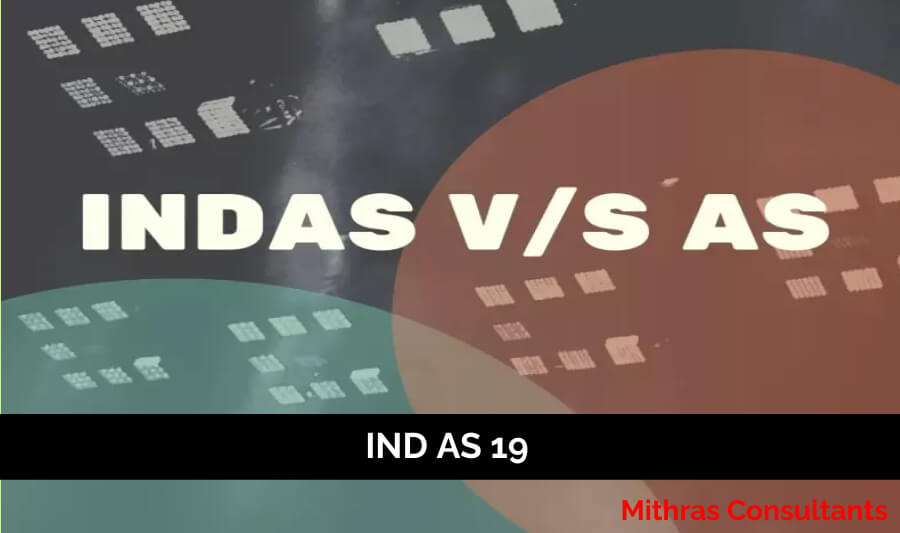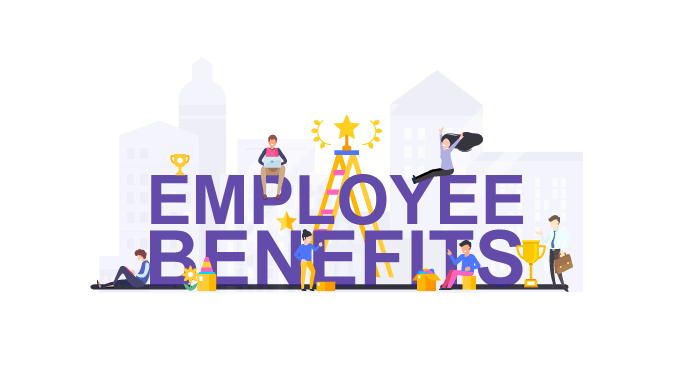IND AS 19 | Employee Benefits

What is IND AS 19?
The Goal of the Indian Accounting Standard Ind AS 19 is to establish accounting and disclosure requirements for employee Benefits. Accounting according to Ind AS 19 criteria comprises both recognition and measurement. Furthermore, the accounting standard specifies what disclosures the reporting entity must make. When an employee works for a company, the company gives employees benefits for that person’s efforts. Thus, the company consumes the employee’s services, and in this situation, the company will recognize this as an expense.
According to Ind AS 19, a Business is required to recognize a responsibility when an employee renders service to the company, and When the entity consumes the economic advantage resulting from the employee’s service, an expense is recognized. As a result, the organization gives employee Benefits to the person that is payable by the company, which is equal to the benefits payable by the firm.

The employee Benefits can be in the form of monthly salaries, or they can be carried forward and paid upon retirement or after a certain number of years have passed according to IND AS 19. These are determined by the form of the contract between the employer and the employee, and any benefits agreed to be paid to the employee must be accounted for.
For example, a festival bonus (such as Eid Bonus or Diwali Bonus) may not be a legal or contractual requirement but is provided voluntarily as an employee Benefit and is followed based on precedent.
What are Employee Benefits under IND AS 19?
Employee Benefits are critical for attracting and retaining talent for the organization. Employee benefits granted by the employer during an accounting period must be recorded. Post-employment benefits are those that are paid to employees after they have completed their employment. Short-term employee benefits are settled within 12 months of the conclusion of the period in which the employee provided services. Short-Term Employee Benefits are recorded as a liability after deducting the amount paid throughout the fiscal year.
Employee benefits that are expected to be fully paid within 12 months after the end of the accounting period in which the employee delivered service are known as short-term benefits.
Other long-term employee perks are those that are not projected to be fully paid within 12 months of the accounting period’s conclusion. Termination benefits are those paid to an employee who is let go by his or her employer. Salary-paid yearly leave, rented housing, car benefits, and so on are examples. Because the settlement is likely to occur in the near future, they are recorded on an undiscounted basis.
If the sum paid exceeds the undiscounted amount of the benefits payable, it is classified as an asset. As an expense in the profit and loss statement. Defined Contribution plans are post-employment benefit schemes in which an entity’s obligation is merely to contribute to a plan and no further liability rests on the entity.

According to IND as 19, After deducting the amount paid during the year, defined contribution plans are classified as a liability. If an extra amount has been contributed, it is considered an asset.
As a cost in the profit and loss statement. There is no discounting factor used if the contribution is due within 12 months.
When contributions are not due within 12 months of the reporting period’s end, they should be discounted using the discount rate.
While Ind AS 19 specifies accounting for various forms of employee benefits such as long-term paid absences, long service benefits, profit sharing/incentive schemes, and termination benefits, post-employment benefits of a Defined Benefit Plan are accounted for with added complexity under Ind AS 19.
Accounting for post-employment benefits is complicated because it includes the application of actuarial assumptions about the company/demographics industry as well as financial assumptions about the overall economy.
In order to broaden our scope, we’ve bundled insurance benefits together and mentioned three more significant forms of benefits provided by employers under IND AS 19 Employee Benefits:
- Insurance – Health insurance (dental, medical, and vision), life insurance, and disability insurance are all included in this category. Many nations require businesses to provide health insurance or some form of medical plan, and there is frequently publicly available medical care funded by companies. However, in order to provide better options to their employees, many businesses opt for private group or individual insurance.
- Retirement plans – Employees who receive retirement benefits feel more comfortable about their future. Employees can select how to invest their contributions or how much to take from their paychecks as pre-tax deductions. Employers can also contribute, in some situations by matching a percentage of their employee’s contributions. Employees receive the sum in their accounts when they retire.
- Additional compensation – This category includes any money given to employees in addition to their normal pay. This money includes bonuses, commissions, awards, and gifts, as well as indirect compensation such as stock option plans and profit-sharing.
- Time off – Employers in nations such as the United States are not required to provide paid vacation leave, but those who do so willingly can gain a competitive advantage in talent attraction and retention-9 out of 10 employees said that paid leave is vital to their overall job satisfaction.
Advantages of IND AS 19 Employee Benefits
However, employee advantages might range from training opportunities to startup bonuses. Many HR professionals devote a significant amount of effort to benefit packages. For good reason, they’re one of the most fundamental employee engagement and retention measures, as well as a source of talent attraction. The statistics speak for themselves when it comes to the value of employee perks.
According to an extensive study, 92% of employees believe that employee perks are vital for their overall job happiness (in itself, a great element of retention and productivity).
Almost one-third of employees listed work perks as the primary reason for seeking a job outside their organization, as well as for opting to stay at their current employment.
Also Read: Get Detail Valuation Service by Mithras Consultants, The ESOP Structure, Employee Benefits, Actuarial Valuation, Gratuity Valuation, LEAVE ENCASHMENT VALUATION, AS15 R (Accounting Standard 15 Revised), Warranty Valuation, Gratuity provision.
Visit our website https://www.mithrasconsultants.com/

 Call Us
Call Us Whatsapp Us
Whatsapp Us